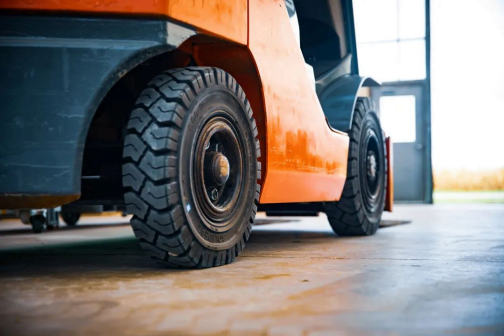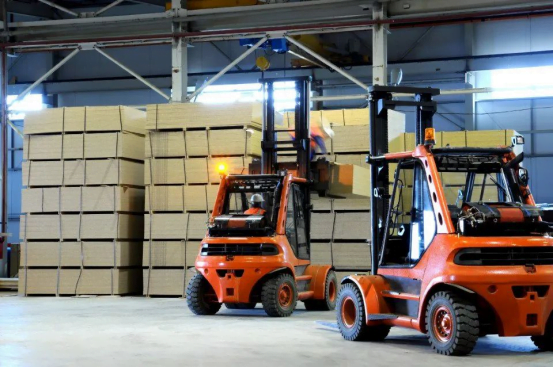
When it comes to forklifts, many people will think of forklift operations in a logistics park. As a transportation tool with a large volume and weight, forklifts also have very high requirements for tires. So how to maintain industrial forklift solid tires to extend their life? Today we will tell you how to maintain industrial forklift solid tires.
It is very important to choose a suitable and correct solid tire for forklift trucks. Tires with different types and tread patterns must not be mixed arbitrarily due to the different actual sizes and load capacities of each tire.
In addition to not requiring the air pressure maintenance of pneumatic tires, solid tires do not have the safety risks associated with blowouts in pneumatic tires. Good quality solid tires are significantly better than pneumatic tires in terms of their cost-effectiveness, maintenance-free and longer replacement intervals.In working conditions of moderate intensity, distance and load, a solid tyre with sidewall holes for better vibration damping is a good choice for a better balance between safety and comfort.
For forklifts that carry out handling operations in clean rooms, it is recommended that you choose light-colored, non-marking solid tires. Such tires can greatly reduce the obvious black marks left by forklifts on the ground when transporting loads, especially when turning and making sudden stops.
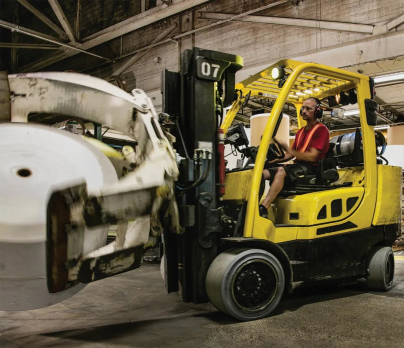
Forklift solid tires should be used within the load capacity corresponding to the specified load index. There is no doubt that the higher the load on the vehicle, the shorter the life of the tyre. This is especially true in the case of overloading.
Forklift solid tires should be used within the driving speed corresponding to the specified speed class index. Tires produced by regular solid tire manufacturers are marked with a speed level index.
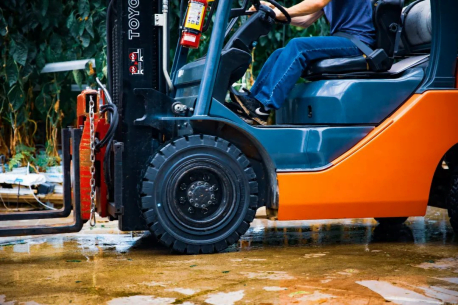
Excessively high temperatures can easily aggravate the wear of solid tires on forklifts and even cause tire blowouts. When the vehicle is driving, the tires are stretched, compressed and rubbed, which will cause the tire temperature to rise.
Timely rotation of forklift solid tires, selection of appropriate tread patterns, daily maintenance, regular inspections and timely repairs, and diligent removal of stones and foreign objects in the tread patterns are all important factors in extending the life of the tires.
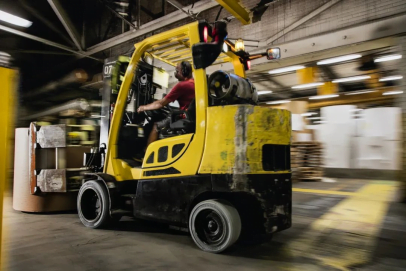
Noticing the early signs of tire damage can prevent unnecessary tire replacements. Check your tires at least once a week. Inspection items include:
1) Whether the tire surface contains metal shavings, broken glass or other impurities that can cause early damage to the tire;
2) Check the tire rubber for minor cracks, early delamination and falling pieces. To avoid accidents and unnecessary maintenance costs, if found, please eliminate it in time before use.
